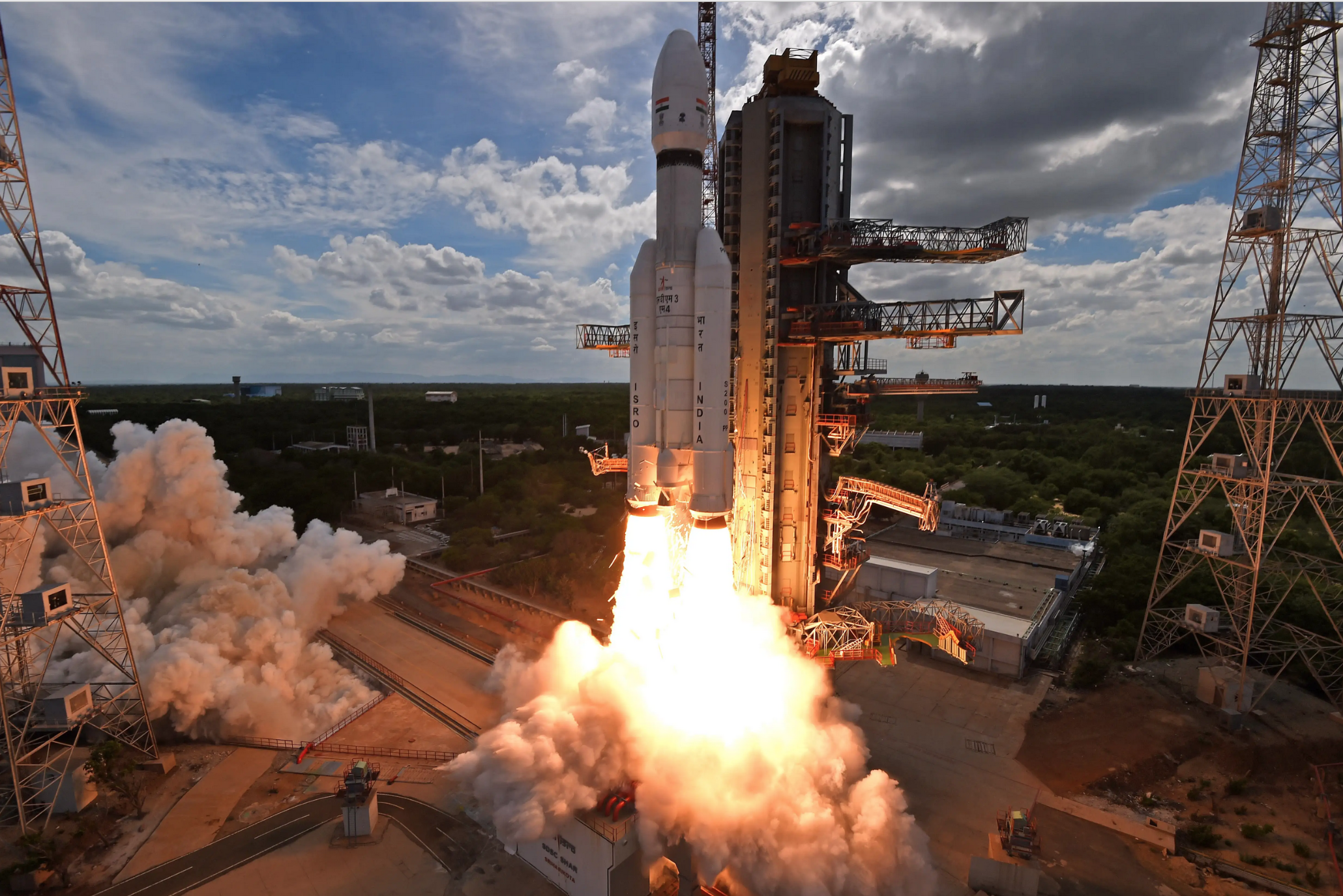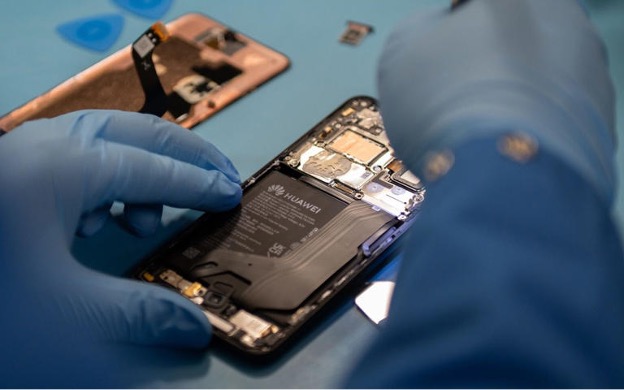| By Emma Kuruppacherry |
On August 23rd India made history as the first country to successfully land on the south pole of the moon.
The spacecraft, the Chandrayaan-3, was an uncrewed robotic lander that touched the lunar surface at 8:30 a.m. ET. India is also the 4th country to manage a moon landing, the three others being the U.S., China, and the former Soviet Union. Prime Minister Narendra Modi said of the achievement, “This moment Is unforgettable. It is phenomenal. This is a victory cry of a new India”.
The Chandrayaan-3 was launched by the Indian Space Research Organization (ISRO) July 14th. Its mission is to conduct a series of scientific experiments on the lunar surface, such as tests of mineral composition and seismic activity. The lander itself is solar-powered and roughly the size of an SUV with a smaller rover attached to it. The mission is planned to take two weeks and already the ISRO has shared photos of the moon’s surface with the shadow and leg of the Chandrayaan-3.
This success also comes in light of rival attempts to reach the south pole such as Russia’s space agency, Roscomos. Roscomos had also sent a spacecraft to the moon however it crashed during an orbital maneuver. The lander, the Luna-25, was Russia’s first attempt at a lunar landing in almost 50 years. President Vladimir Putin congratulated India on the Kremlin’s website saying, “This is a big step forward in space exploration and of course a testament to the impressive progress made by India in the field of science and technology”. NASA Administrator Bill Nelson also congratulated India on X writing, “And congratulations to India on being the 4th country to successfully soft-land a spacecraft on the Moon. We’re glad to be your partner on this mission!”. NASA’s Artemis program is planned to land the Artemis III mission with astronauts in the south polar area in 2025.
The reason why so many are trying to reach the moon’s south pole is because of potential water hidden in its craters. The south pole’s terrain is full of crater holes and trenches making it difficult to land, but it also could potentially have greater quantities of ice water than anywhere else on the moon. This water could be used for fuel, oxygen, and drinking water, and could even help establish a human settlement one day.
The Chandrayaan-3’s landing is also expected to improve India’s reputation for cost-competitive space engineering. The spacecraft was launched with a 6.15-billion-rupee budget (around $74 million). That’s less than what it cost to produce the 2013 Hollywood space movie, “Gravity”.
India is now looking towards other space exploration projects such as a mission in September to study the sun. A human space flight is also in the works and although no official date has been put out, the ISRO is hoping to do it within 2024. Sreedhara Somanath, chief of the ISRO, told reporters that this accomplishment has given India the confidence to attempt further voyages to Mars and Venus.
Photo Credit: ISRO
 Previous post
Many Happy Returns for Online Shopping in Latin America
Previous post
Many Happy Returns for Online Shopping in Latin America


